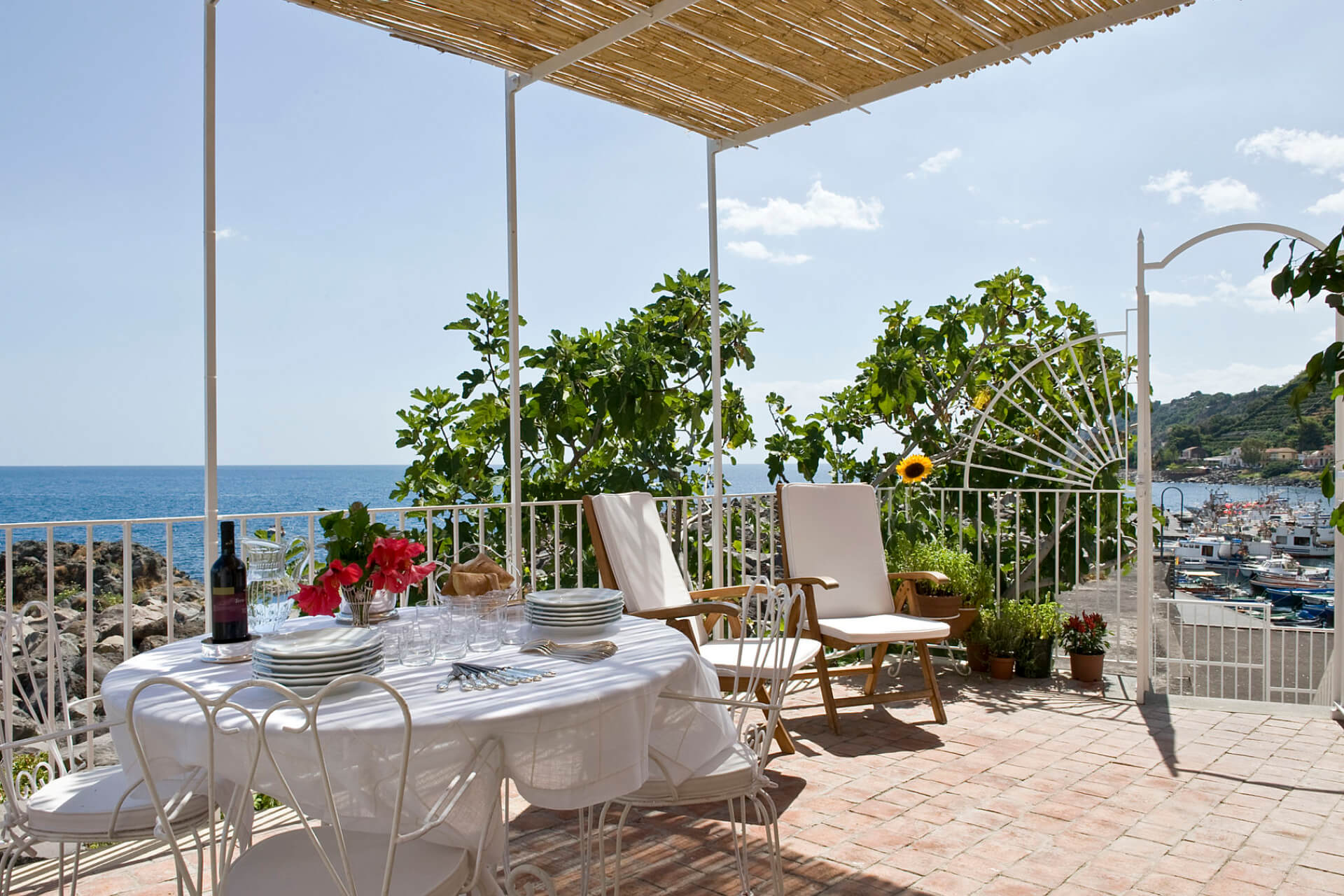
From its Greek roots to its Baroque rebirth, Catania has been continually reshaped by the forces of nature and human endeavour. The city's architecture, a testament to its history of destruction and renewal, features wide avenues, grand squares, and a unique use of lava as a primary building material. This blend of natural forces and architectural ingenuity gives Catania its distinctive character and allure. Whether exploring its architectural wonders, indulging in the culinary delights of Pasta alla Norma, or venturing into the bustling heart of its markets, Catania offers a vibrant, immersive experience that captures the essence of Sicily's spirited and tumultuous soul.

In the fishing village
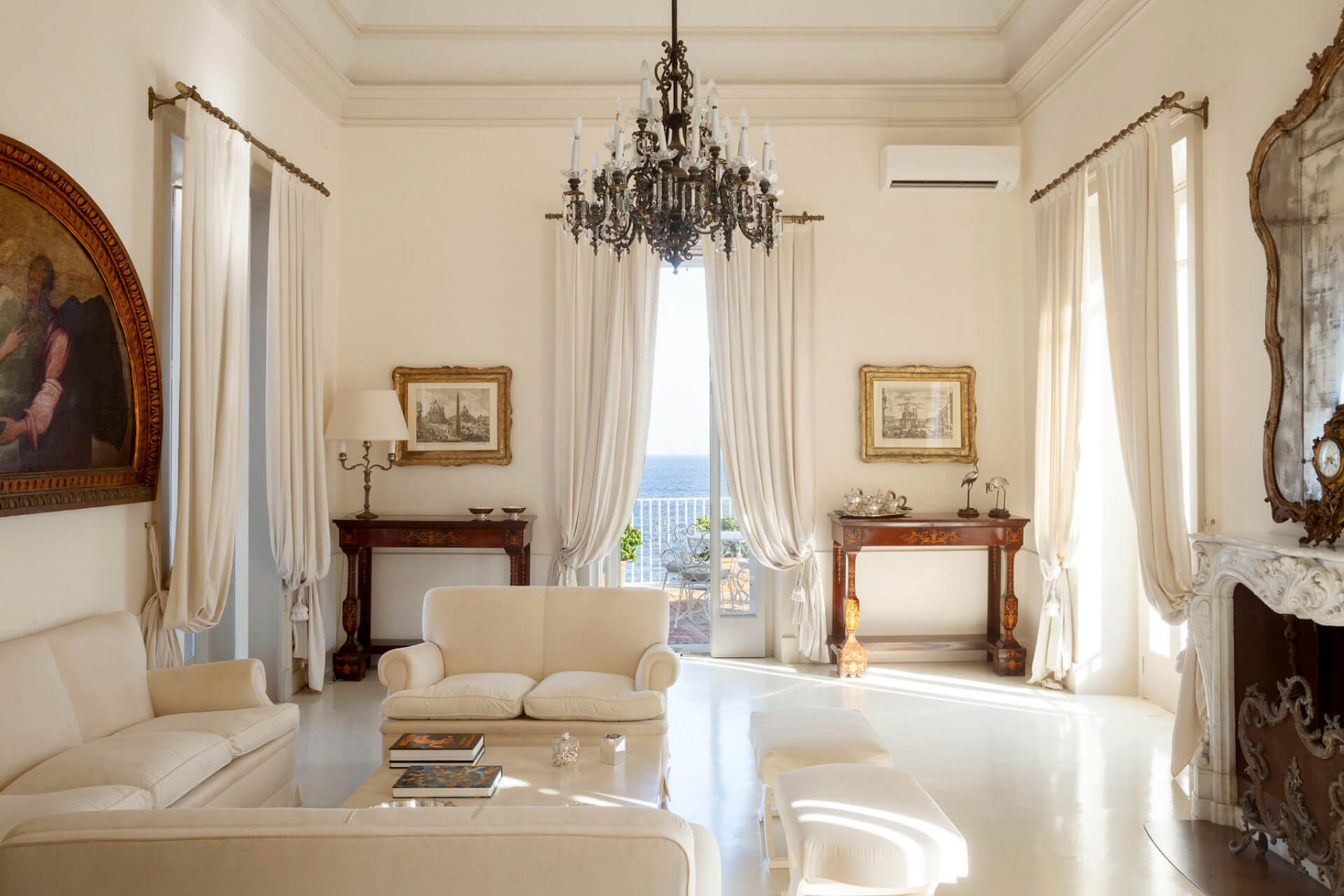
Taking the sea air in another era
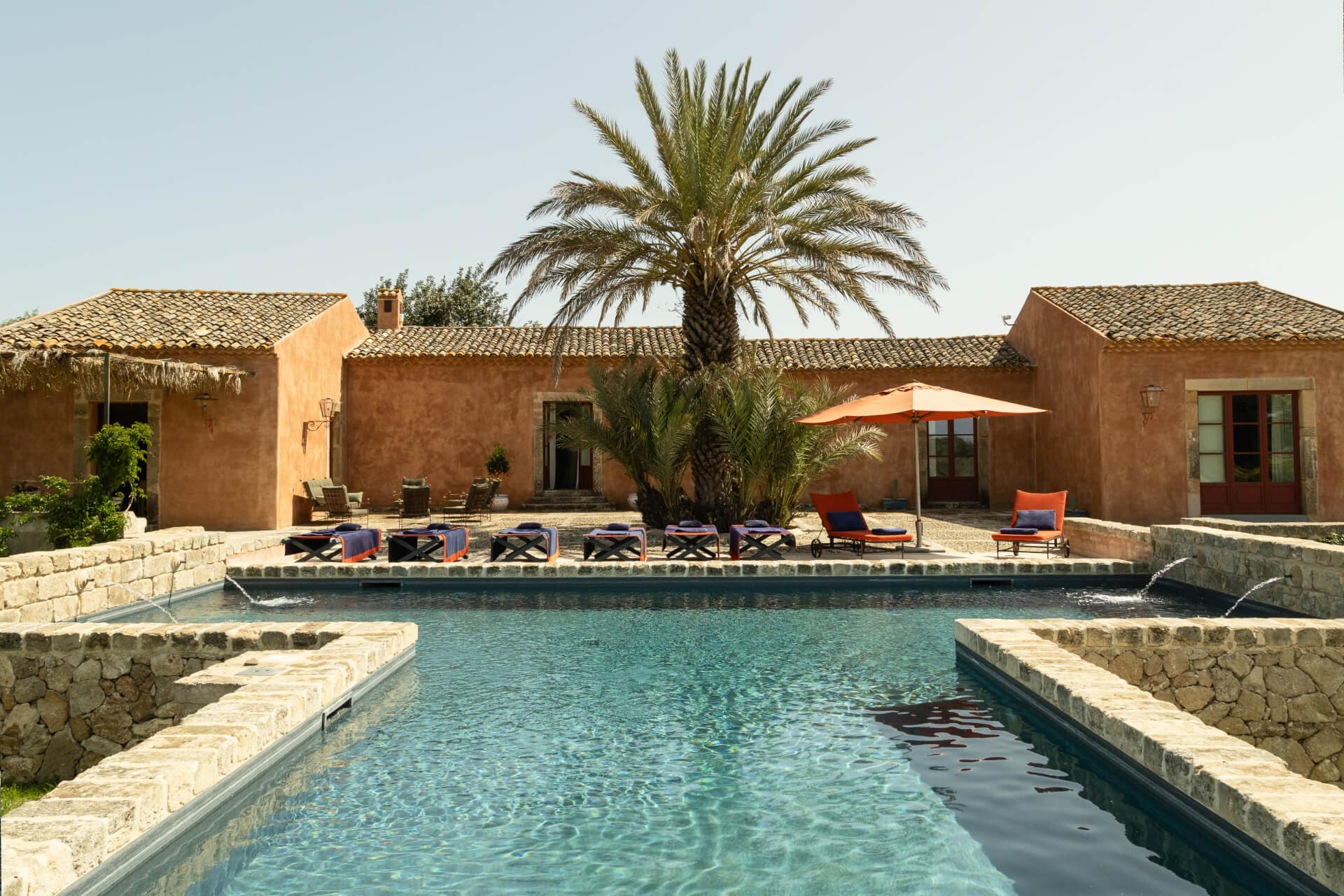
The aristocratic country retreat
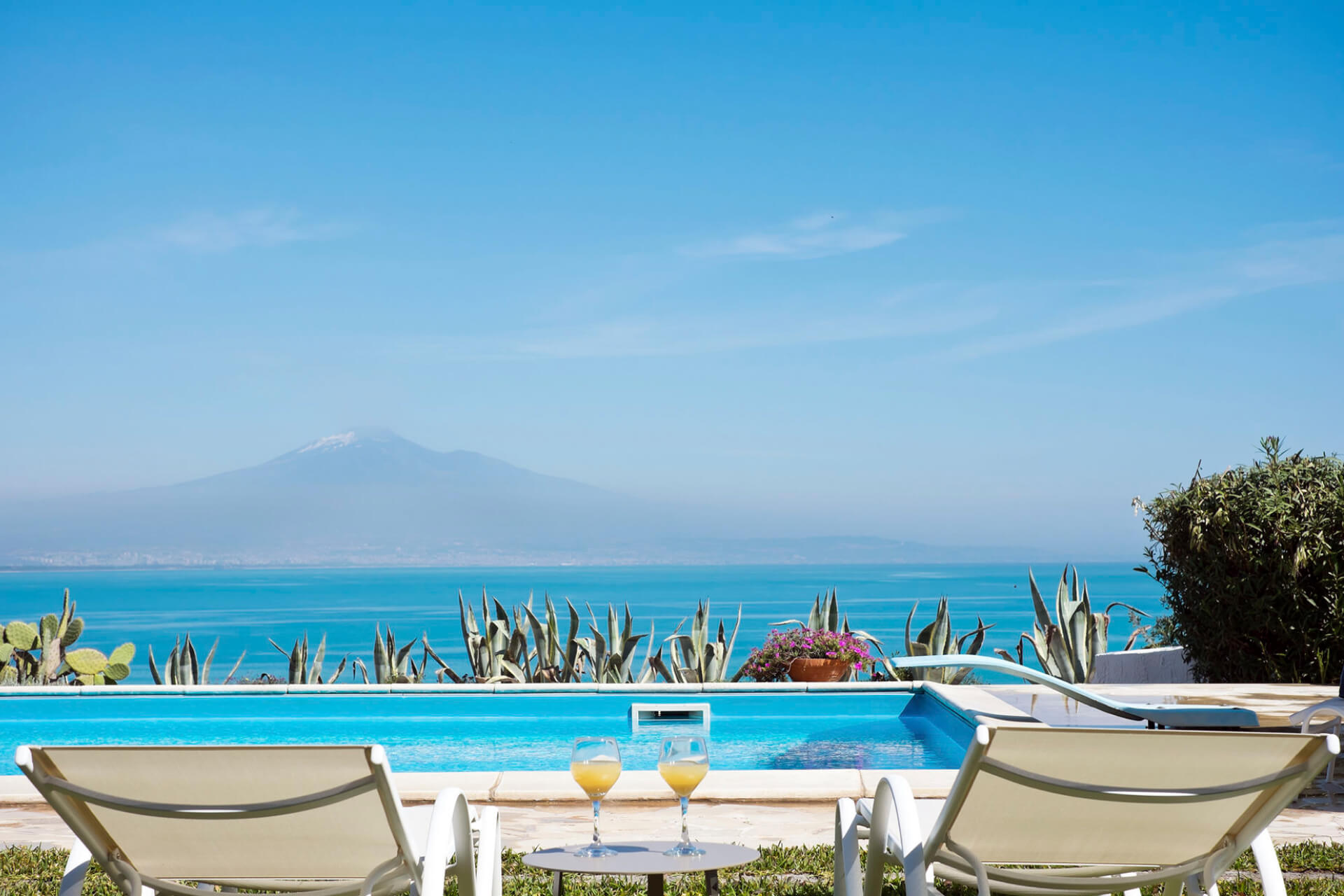
Eye to eye with Etna
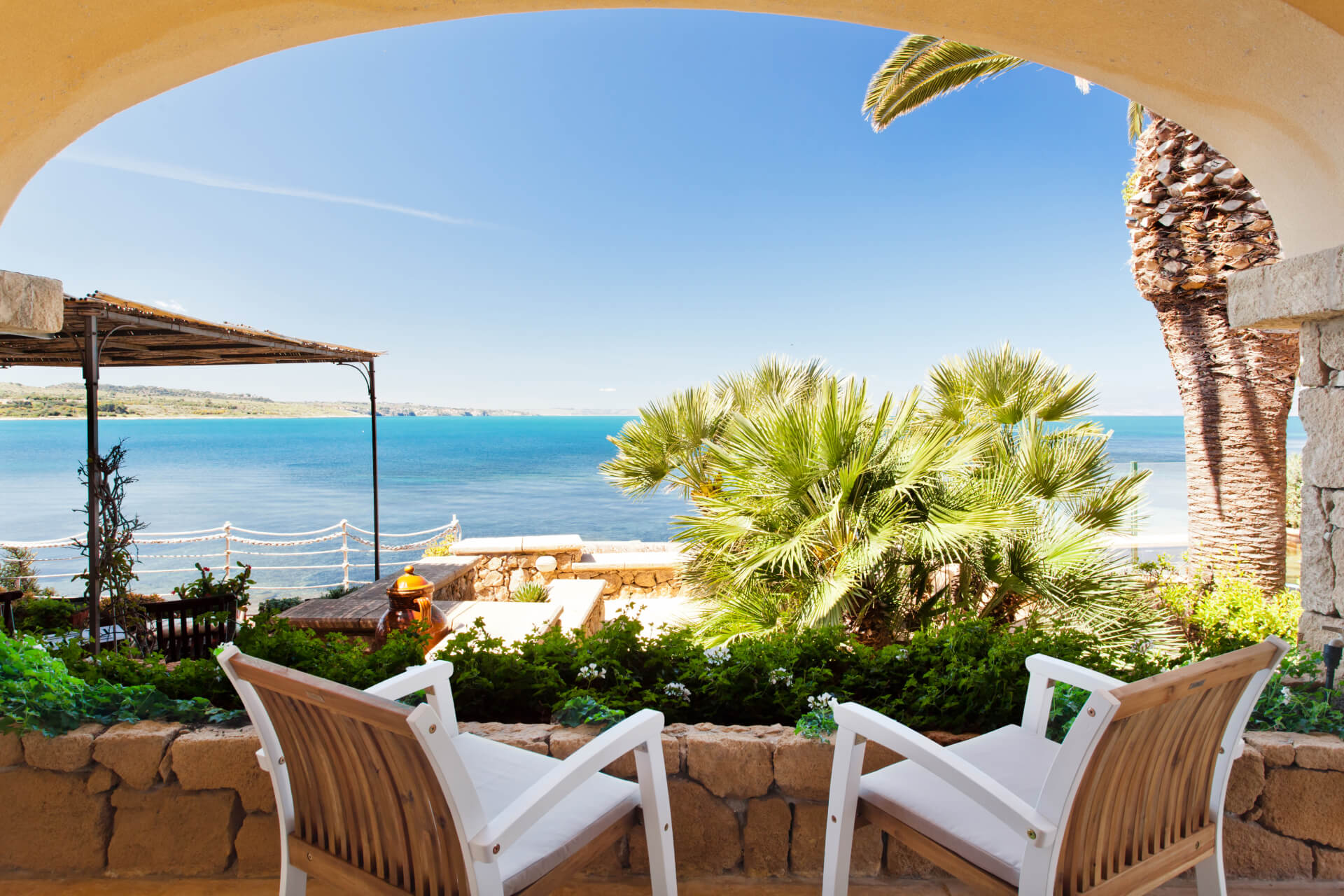
A little house on the sea


Nestled under the shadow of Mount Etna in the east, Catania is Sicily's second-largest city, lying on the Ionian sea. Mount Etna is ever-present and has to a large extent shaped both the history and the actual existence of Catania. On several occasions, volcanic eruptions destroyed the city, the most devastating of which happened in the 17th century. As a result, the entire old part of town was rebuilt in Baroque style, with lava stone buildings. Catania is essentially a “grey” city and unique in the world for this. Catania offers a blend of historical richness, vibrant street life, and a deep connection to the Mediterranean's natural and cultural tapestry.